Figures & data
Figure 1 Flowchart of participant selection.
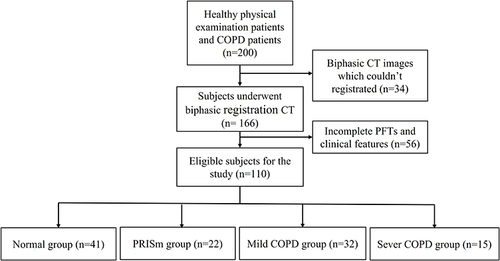
Figure 2 Schematic diagram of parameter measurement in biphasic quantitative CT.
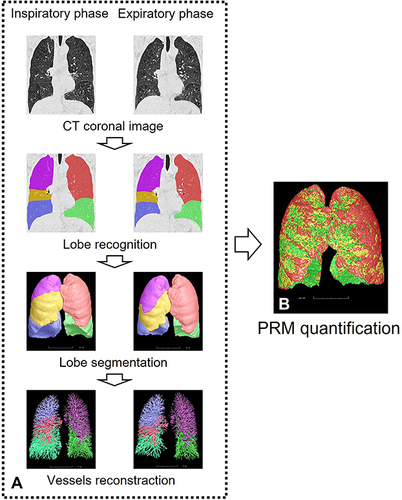
Table 1 Comparison of Subject’s Baseline Characteristics and PFTs
Table 2 Comparison of Subjects’ Quantitative CT Indexes
Table 3 Correlations Between IPVV and PFTs
Table 4 Correlations Between PRM Indexes and PFTs
Figure 3 Correlations between IPVV and PFTs.
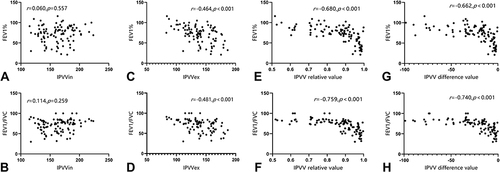
Figure 4 Correlations between PRM indexes and PFTs.
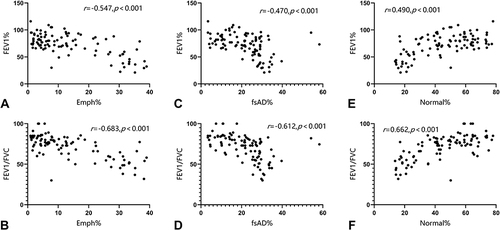
Table 5 Correlations Between IPVV and PRM Indexes
Figure 5 Correlations between IPVV and PRM indexes.
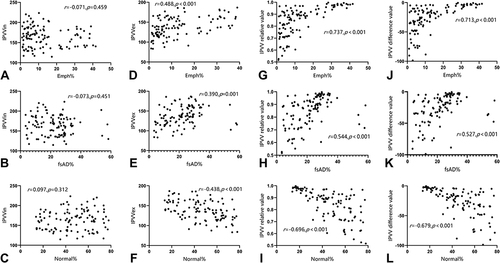
Table 6 Multiple Linear Regression Analysis of IPVV in Emph% and fsAD%
